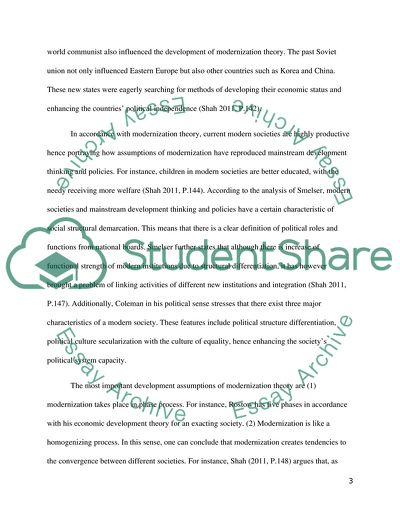Cite this document
(Development Conditions and Experience Term Paper, n.d.)
Development Conditions and Experience Term Paper. Retrieved from https://studentshare.org/history/1805530-to-what-extent-are-the-main-assumptions-of-modernisation-theory-still-reproduced-in-mainstream-development-thinking-and-policies
Development Conditions and Experience Term Paper. Retrieved from https://studentshare.org/history/1805530-to-what-extent-are-the-main-assumptions-of-modernisation-theory-still-reproduced-in-mainstream-development-thinking-and-policies
(Development Conditions and Experience Term Paper)
Development Conditions and Experience Term Paper. https://studentshare.org/history/1805530-to-what-extent-are-the-main-assumptions-of-modernisation-theory-still-reproduced-in-mainstream-development-thinking-and-policies.
Development Conditions and Experience Term Paper. https://studentshare.org/history/1805530-to-what-extent-are-the-main-assumptions-of-modernisation-theory-still-reproduced-in-mainstream-development-thinking-and-policies.
“Development Conditions and Experience Term Paper”, n.d. https://studentshare.org/history/1805530-to-what-extent-are-the-main-assumptions-of-modernisation-theory-still-reproduced-in-mainstream-development-thinking-and-policies.


